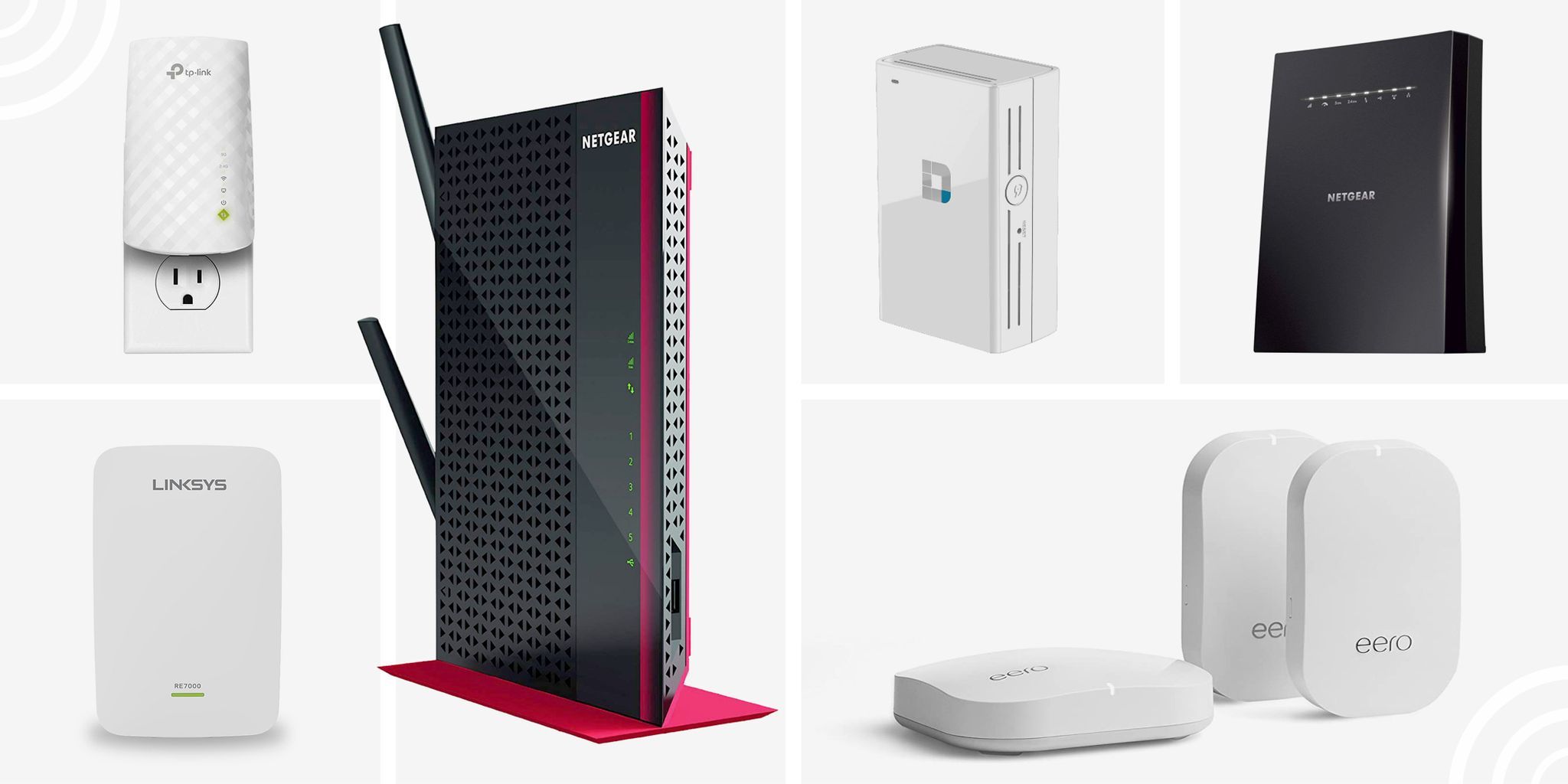


Mesh systems like those typically won't hit top speeds that are quite as high as a single-point router, but they make up for it by delivering Wi-Fi that's "fast enough" to all corners of your home.
Best router 2020 for spectrum upgrade#
That's why, for most people, the most meaningful move you can make for that home network is to upgrade from a stand-alone, single-point router to an expandable mesh system that uses multiple devices to better spread a reliably speedy signal throughout your house. That's especially true these days, with lots of people still staying home and depending on their home networks more than ever before.

We tend to fixate on speeds when we talk about routers, but the truth is that there are really only two Wi-Fi speeds that matter in most cases: "fast enough," and "not fast enough." After all, having a blazing fast connection in the same room as the router is great, but it means little if you can't get a strong signal when you're trying to stream a late-night Netflix binge in your bedroom on the other side of the house. Steve Conaway/CNET Don't forget about coverage It just won't do as much to speed them up, because those older devices don't support the new features that make Wi-Fi 6 faster than before.Ī mesh router like the three-piece Eero setup tested here can help spread a stronger signal throughout your home. Wi-Fi 6 is backward-compatible, mind you, so a new Wi-Fi 6 router still work with your existing, older-gen Wi-Fi devices. The good news is that you've got lots of Wi-Fi 6 routers to pick from at this point, including lots that probably cost a lot less than you think. If you want devices like those to put Wi-Fi 6 to work in your home, then you'll need a Wi-Fi 6 router running your network. Wi-Fi 6 is pretty well-entrenched at this point, and the newest phones, laptops and and even peripheral devices like gaming consoles and media streamers are taking advantage of it.
Best router 2020 for spectrum full#
You can read more about the way the speedy new standard works in my full Wi-Fi 6 explainer, but the quick gist is that it lets your router send more information more efficiently to multiple devices at once. Wi-Fi 6 is the newest, fastest version of Wi-Fi, and it's the main reason we've seen so many new routers in recent years capable of hitting gigabit speeds with ease. Wi-Fi 6 is worth it, but don't worry too much about Wi-Fi 6E A router is only as fast as its fastest band. For instance, that hypothetical AX6000 router might claim to support speeds of up to 6,000 megabits per second - which is nonsense. None of that stops manufacturers from using those speed ratings to describe how fast their products are. Even at close range, your actual connection will be a lot slower. To make matters worse, those top speeds on the box are actually theoretical maximums derived from lab-based manufacturer tests that don't take real-world factors like distance, physical obstructions, interference or network congestion into account. If it's a triband mesh router that uses that third band as a dedicated connection between the router and its extenders, then that band's speeds don't directly apply to your device connections at all. When you add their top speeds together, the result is a highly inflated figure that doesn't represent the speeds you'll actually experience.

IPv6, Vectoring, 2.The problem is that you can only connect to one of those bands at a time. IPv6, Vectoring, 2.4 GHz b/g/n, 5 GHz n/ac, CBRAS The models shown below are still being used by some of our customers and still supported by our technicians, but will be retired in the near future. IPv6, Vectoring, 2.4 GHz b/g/n, 5 GHz n/ac, CBRAS IPv6, 2.4 GHz b/g/n, 5 GHz n/ac/ax, CBRAS The models shown below are our newest modems, which are recommended for optimal internet performance.


 0 kommentar(er)
0 kommentar(er)
